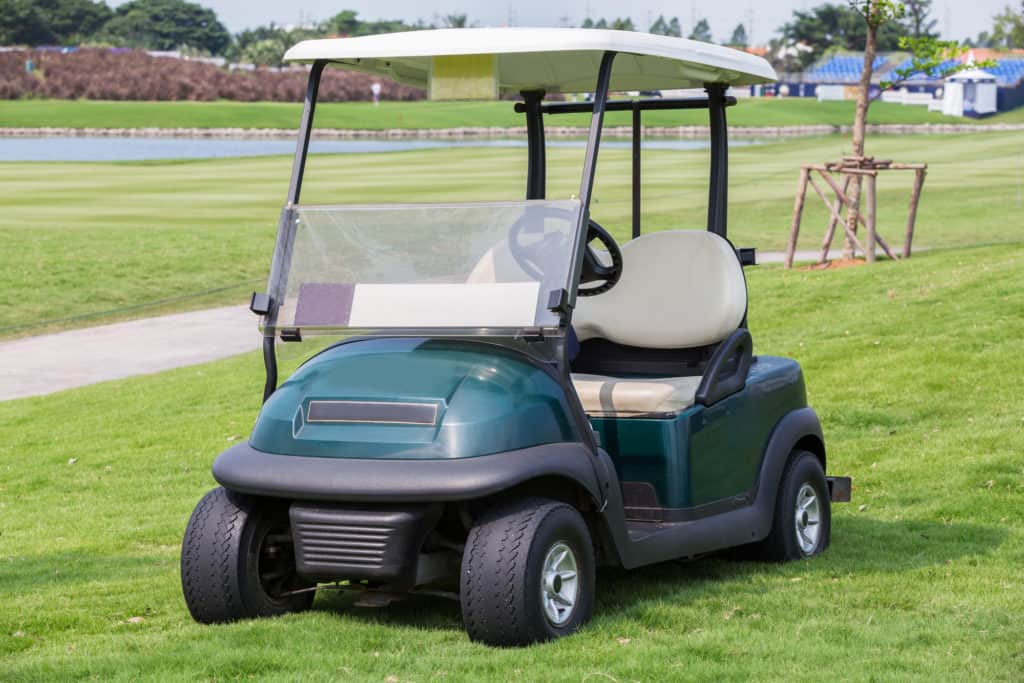
Marine batteries and golf cart batteries are often similarly shaped and sized, which may cause some people to swap them out to use for vehicles that they shouldn’t.
This mistake is a common one and can cause real damage to your battery that is hard to reverse.
That’s why we’ve prepared this simple guide.
Table Of Contents
What is the Difference Between a Marine Battery and a Golf Cart Battery?
Marine Batteries are Designed for Boats
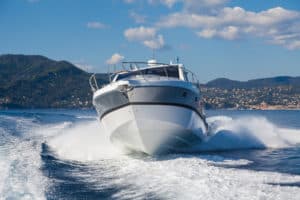 Though it may seem obvious to point out, buyers need to understand that marine batteries are designed for boats and nothing else.
Though it may seem obvious to point out, buyers need to understand that marine batteries are designed for boats and nothing else.
They typically utilize huge and heavy plates and may be heavier and more expensive than car batteries.
There are a few reasons that these batteries are more expensive.
The extra supporting elements are the main reason for this higher price.
But why do marine batteries need that kind of protection?
Simply put, they undergo a lot more pressure and shaking than other types of cells.
That’s because boats ride on waves and pop up and down frequently.
The battery, therefore, gets shaken in ways that they don’t on cars or golf carts.
As a result, it is essential to purchase only marine batteries when shopping for a boat battery.
Likewise, golf carts should not use marine batteries, either.
Instead, they should use those cells designed specifically for golf carts or for small ATV craft.
For example, a four-wheeler battery is usually okay on a golf cart, though this may vary depending on the model utilized.
Furthermore, the types of marine batteries can vary wildly and may cause complications if you aren’t careful with your purchasing decision.
Types of Marine Batteries
Currently, there are three main types of marine batteries: starting batteries, deep-cycle batteries, and dual-purpose batteries.
Each has a pretty specific function and should only be used if you need it for your boat.
Thankfully, the differences between the three aren’t as high as those between marine batteries and golf carts in general.
So the damage may be minimal, depending on what battery type you use.
Starting batteries are exactly what they sound like – a battery designed to help start the change quickly.
They give the boat quick and robust amounts of energy when they activate.
As the boat rides, these bursts are recharged by the alternator to keep the battery in great shape.
Boat owners who want to troll should not use these motors because they do not provide a steady and consistent flow of energy.
Deep-cycle batteries discharge over a longer period and can be recharged many times.
They are best for trolling motors or electrical appliances in a boat.
And dual-purpose cells are a mix of the two types – they can perform both functions but lack the efficiency that both bring.
As a result, it may be wise to invest in multiple types of marine batteries.
Charging a Marine Battery
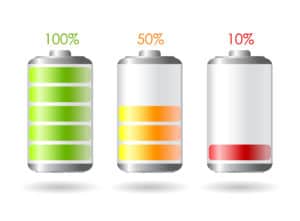
When you’re not using your boat – such as during winter – you should try to keep the battery regularly charged.
Riding out on the waves should keep a typical starting and dual-purpose motor fully charged between boating trips.
However, the deep-cycle battery may run out of power between trips and should be recharged even when your boat is not in storage.
The type of charger you use varies.
Most of the time, it is best to keep your battery on a “trickle” charger to keep it fully ready for use when you’re not riding.
These types of charges stop the charge once the battery has reached full power and make sure that it doesn’t get overloaded.
Even better, they help to keep the battery from freezing in the winter, a common problem that occurs with poorly-stored marine batteries.
If you find that your battery doesn’t hold the same amount of charge it did in the past, it may be experiencing a problem known as “sulfating.”
Correctly charging the battery should help to prevent this from occurring for several years.
However, all batteries eventually run into issues like these and may need to be retired before you’re ready or them.
The Nature of a Golf Cart Battery
Golf cart batteries are typically either designed specifically for golf carts or for general ATV use.
They do not provide the same kind of charge that comes from a marine battery.
Usually, they come in one of three types: six-volt, eight-volt, and 12-volt.
Each cell also has a slightly different amperage, which is the amount of power that it produces while it is in use in your cart.
Typically, a marine battery is rated for about 80 amperage hours with a maximum amperage output of about 500 or so.
The amperage level in a golf cart battery is typically anywhere from 600 to 1,800 or so on most configurations.
Does this mean that these batteries are more potent than marine batteries?
In a sense, yes, because they produce more amperage.
However, that doesn’t mean that they are a good fit for a boat.
Remember: all engines are designed to operate within a specific amperage rating.
The Types of Golf Cart Batteries

When considering golf cart batteries and their differences between marine cells, you need to understand that all batteries serve a different purpose.
In gas boats, a starting battery provides a quick jolt of electricity to get the ship going.
In golf carts, though, cells are often the sole power source.
But could you use a deep-cycle marine battery for a golf cart?
No, because the amperage and voltages are so different.
These technical factors can be tough to explain and understand – trust us when we say that you cannot mix these two types of batteries on improper vehicles.
Doing so is a recipe for disaster that could cause permanent damage to the battery.
Complicating things further is the fact that there are two different types of golf cart batteries available on the market today.
For example, the deep cycle lead battery is composed of two cells that provide renewable sources of electricity using lead and lead oxide.
Typically, they are the least expensive types of batteries but have less power than other types.
By contrast, the lithium-ion battery is a bit more costly but has a battery charge cycle time of 5,000, meaning it lasts longer than lead battery types.
How to Charge a Golf Cart Battery
Charging golf cart batteries varies depending on the type you use.
For example, a lead battery needs to be charged regularly in a well-ventilated area to ensure that no gas builds up.
You should try to keep the temperature at around room temperature to avoid any problems and check the water levels with every charge.
Add more water, according to our guide, to ensure that your battery is protected.
Lithium-ion batteries also need relatively moderate temperatures for their charging atmosphere.
Most of the time, you can keep the battery right on the cart as you charge unless you’re going to store the cart for the winter.
Make sure the cart is off while you charge.
And always remove the charger once you hit 100 percent because these batteries may be prone to overcharge damage.
Thankfully, an alarm should warn you when capacity is hit.

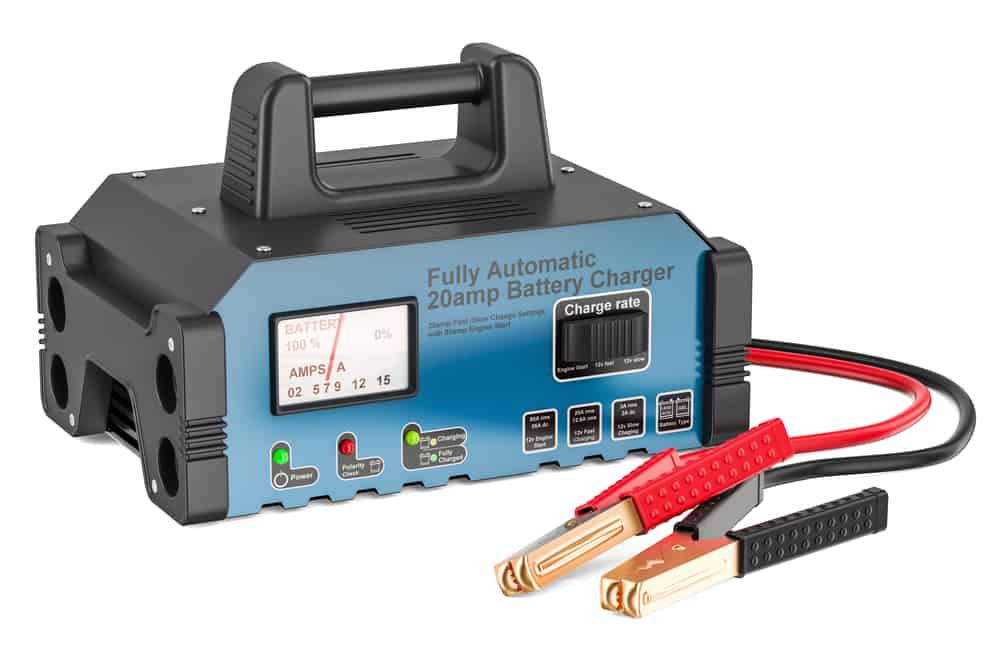
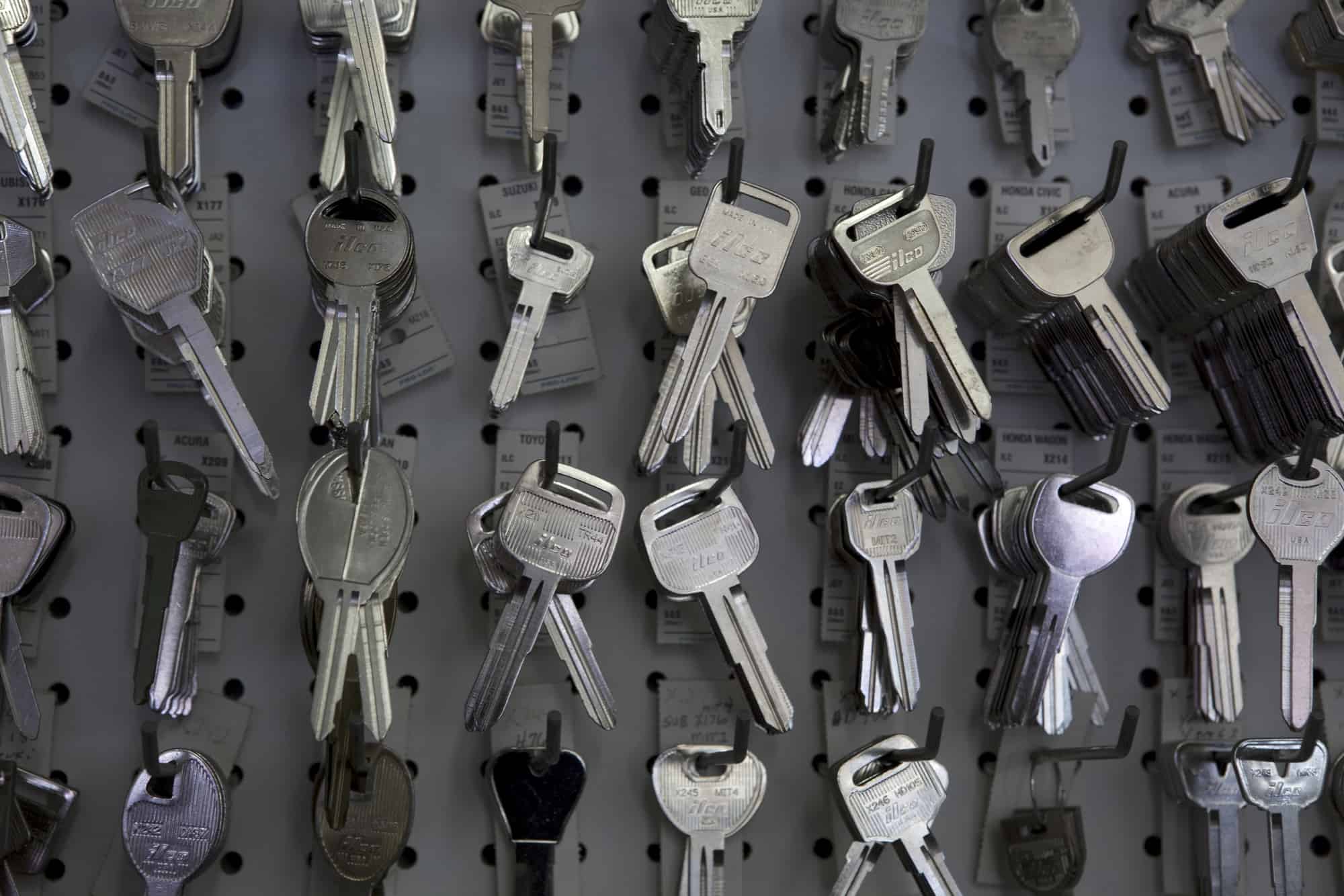
Thanks for the article. It answered a few questions for me.